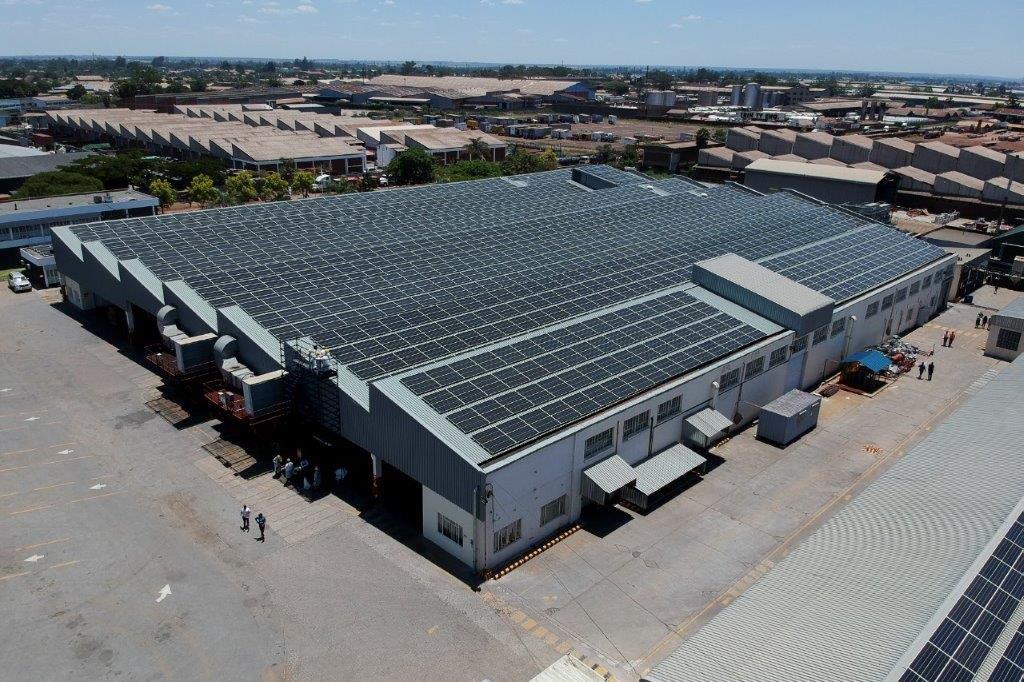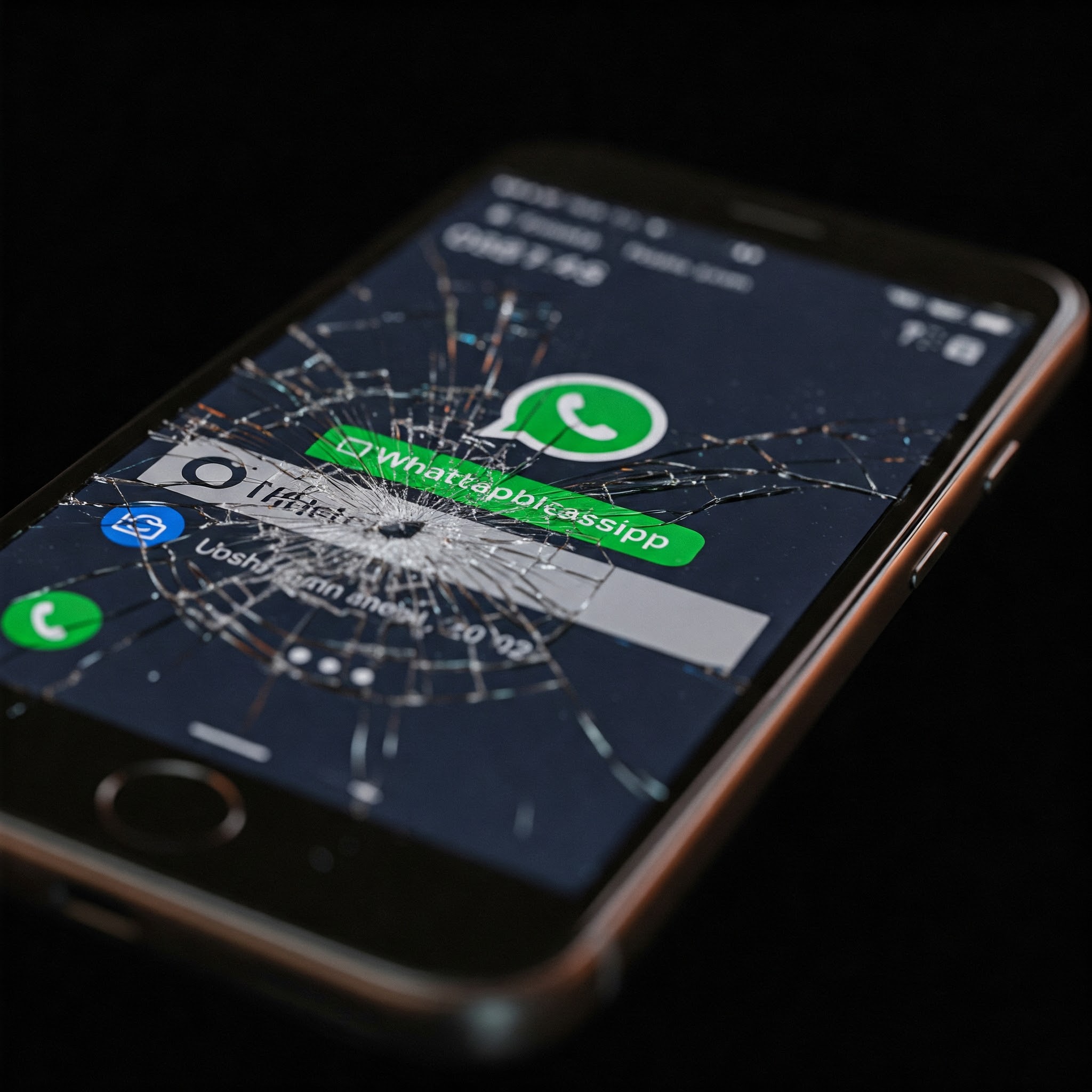We continue with the findings in the 2020 ICT Access by Households and Use by Individuals Survey by ZIMSTAT.
The survey found that 68.9% of Zimbabweans have access to electricity, up from 60.1% in 2014. 68.9% seems too high, doesn’t it? After all, the reports we have seen over the years all claim that only about 40% of Zimbabweans are connected to the national grid, a.k.a ZESA.
This part is easier to explain, in this latest survey 68.9% of households have access to electricity and only 53.9% of those households are connected to the national grid. So, 68.9% x 53.9% = 37.1% of all households connected to the national grid. Which is comparable to the often quoted 40%, which might very well be rounded up.
A report released a few years ago stated that only 13% of rural households had access to any kind of electricity. Rural households account for 67% of the population and that would mean 100% of urban households had electricity. That’s obviously false. We can assume that the 13% figure referred to those connected to the national grid.
Back to the 37.1%, that 37.1% is for households that are connected to the national grid and ignores all other sources of electricity. Turns out solar has been rising in popularity.
The rise of solar
Of the households that have access to electricity, 46% reported that the main source for them was solar. When considering the whole country, that translates to 46% x 68.9% = 31.7%. So 31.7% of all households in the country use solar power as their primary source of electricity.
To note is that a distinction is made between solar systems used. There are households with installed solar systems and those without. An installed solar system would include the solar panels, proper solar batteries, battery monitors, inverters and the works. All professionally installed. Only 6.3% of electricity users had installed systems.
Most households do not have installed solar systems, making up 39.7% of all electricity users. A household that has one of the popular solar lighting systems is considered to have access to electricity. So the 39.7% figure is deceivingly high. It is telling that most of these solar users were in the rural areas. The number of households in the rural areas with these uninstalled solar systems is 16 times more than the urban one.

A household with this setup is considered to have access to electricity.
ZESA’s net metering program
The national power company introduced a net metering program where individuals who generate their own electricity can sell the excess to ZESA. This benefits the individual and the nation at large as well.
ZESA would be less dependent on importing energy thus less forex spent. Also, the higher the energy fed into the grid by individuals, the higher the chance that ZESA’s production would be enough for Zimbabwe.
When we saw that 46% of households were using solar systems we got excited. Thinking the net metering program was destined to succeed. That’s not yet the case. Most of the solar systems do not produce any excess but are mostly tiny systems used just for lighting.
ZESA has failed the people
The Rural Electrification Agency and ZESA have not expanded the national grid at an acceptable pace. 41 years of independence and only 40% of the population is connected to the national grid. We can’t be electrifying only 1% of the nation a year.
The popularity of solar systems comes from there being no reliable electricity supply for the majority.














Comments
6 responses
46% sounds too high. I got confused in the maths, as presented, but it basically means nearly 50/50 solar vs no solar, which seems far from the situation on the ground, even in middle density suburbs. Hopefully, their statistical methods were sound and balanced.
The problem is that they have a low bar for what constitutes access to electricity. A household with a lamp that comes with its tiny solar panel is considered to have access to electricity. Technically it is electricity but it is misleading.
Those cheap lighting systems are popular, especially in the rural areas and so it likely represents the situation on the ground.
Well said 🤛🤛🤛
Ironically after the end of of the “ZeSA has failed ” is a link to but ZESA tokens..kkk
Hahahahaha, I had not seen that. Ironic indeed.
Whoever came up with these stats should not be consulted ever again. Just simply looking at the roofs on houses in towns and cities u see a very small % with solar panels.
And of the houses with panels, for most solar is supplementary, while Zesa is the main source.